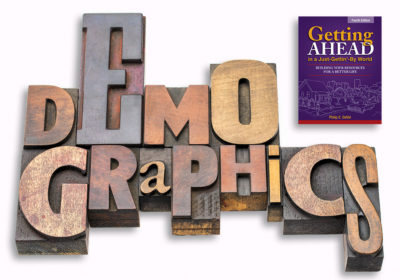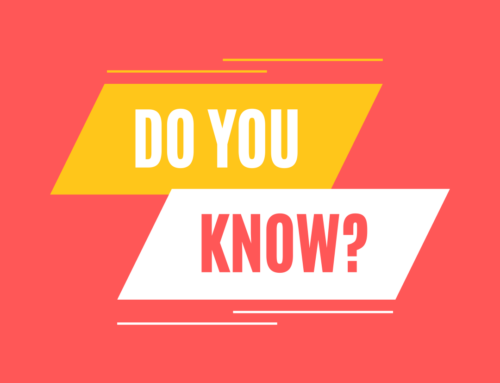 CharityTracker provides regular reports on Getting Ahead in a Just-Gettin’-By World outcomes to participating sites related to improvements in stability, resource development, and financial return on investment. aha! Process shares the state-level reports it receives from CharityTracker with participating sites and makes the national data available on its website.
CharityTracker provides regular reports on Getting Ahead in a Just-Gettin’-By World outcomes to participating sites related to improvements in stability, resource development, and financial return on investment. aha! Process shares the state-level reports it receives from CharityTracker with participating sites and makes the national data available on its website.
This data provided by CharityTracker is different. It answers questions that are often asked about Getting Ahead investigators regarding gender, race, education, marital status, and employment.
Prior to this report, demographic information was provided in Elizabeth Wahler’s publication of her peer-reviewed, national study of 217 investigators from 19 Getting Ahead sites. In those sites, 68.7% of the investigators were women and 31.3% were men. Wahler reported that 65.6% of participants were White, 15.8% were African American, and 9.3% were from other racial groups.
In this data from CharityTracker, we learn about 4,634 investigators from 71 Getting Ahead sites.
This data does not include information on the other books in the Getting Ahead series: Getting Ahead While Getting Out for returning citizens, Getting Ahead in the Workplace, and Investigations into Economic Class in America for first-generation, low-income college students. aha! Process also offers the Getting Ahead in a Just-Gettin’-By World ACEs and PACEs Supplement, which adds a trauma-informed care perspective to Getting Ahead initiatives.
Self-identified genders of Getting Ahead investigators
| Female | 70% |
| Male | 30% |
Note: The mix of men and women in Getting Ahead is the same as reported in the Wahler study. It would be good to have more men involved. Ideally, men and women go through Getting Ahead together. The goal is to have groups where there is as much diversity as possible. This applies to all forms of diversity: race, age, gender identity, cultural background, and experience in life. The more diversity, the richer the learning experience.
Self-identified races and ethnicities of Getting Ahead investigators
| White | 40% |
| African American/Black | 29% |
| Hispanic and Latinx | 14% |
| Other (non-Hispanic/Latinx) | 6% |
| Other | 5% |
| Pacific Islander | 3.5% |
| Native American | 2% |
| Asian | 0.5% |
Note: The following information from the National Census Data from 2019 is based on the self-identification of race by the survey participants. We share this information to provide a sense of how well Getting Ahead is used to engage people from all races.
U.S. Population by Race
| Non-Hispanic White | 60.1% |
| Hispanic and Latinx | 18.5% |
| African American/Black | 13.4% |
| Asian | 5.9% |
| Two or More Races | 2.8% |
| Native American and Alaska Natives | 1.3% |
| Native Hawaiians and Other Pacific Islanders | 0.2% |
While non-Hispanic White people make up 60.1% of the U.S. population, in Getting Ahead only 40% of investigators are White. It should be noted that the vast majority of people in poverty in the U.S. are White.
In Getting Ahead, 29% of investigators are African Americans. As noted above, nationally African Americans make up 13.4% of the population. In Getting Ahead, 14% of investigators are Hispanic and/or Latinx, but in the U.S., Hispanic and Latinx people make up 18.5% of the population. This information suggests that Bridges communities and Getting Ahead providers should be more intentional about reaching more underrepresented racial groups.
Returning now to the CharityTracker demographics report, we look at education, marital status, and employment.
Getting Ahead investigators’ education level
| High school/GED | 53% |
| Some college | 24% |
| Did not complete high school or GED | 19% |
| Two-year degree/trade certificate/bachelor’s degree | 4% |
Note: The data on high school and GED does not clearly establish whether high school was completed or whether the investigators were enrolled in school or GED programs at the time they were in Getting Ahead. Some of the Getting Ahead providers were educational institutions where the investigators were in their late teenage years.
Getting Ahead investigators’ marital status
| Single | 60% |
| Married | 24% |
| Divorced | 14% |
| Other (separated, spousal death, cohabitating, etc.) | 2% |
Getting Ahead investigators’ employment status
| Unemployed | 51% |
| Employed full-time | 31% |
| Employed part-time | 17% |
| Other (disability, laid off, volunteer, retired, etc.) | 1% |
Note: It’s interesting that 31% of investigators were working full-time, and another 17% are working part-time. This information confirms the growing awareness that Getting Ahead is being used by many people who are working (nearly half of respondents). We can assume that people working low-wage jobs are the working poor, and yet some may identify as working class.
What can we conclude from this information? Getting Ahead is being used by people from diverse backgrounds. Getting Ahead methodology calls for diversity within each group to make the best learning environment. This study does not confirm that membership of each group is diverse. Some settings, such as domestic violence shelters and post-incarceration groups, serve primarily one gender. The degree to which group membership is diverse can only be answered by the providers of Getting Ahead. Perhaps that information can be included in the CharityTracker reports on stability, resources, and financial outcomes.
Many thanks to CharityTracker and the participating Getting Ahead sites for collecting and sharing this information with the Getting Ahead learning community.








